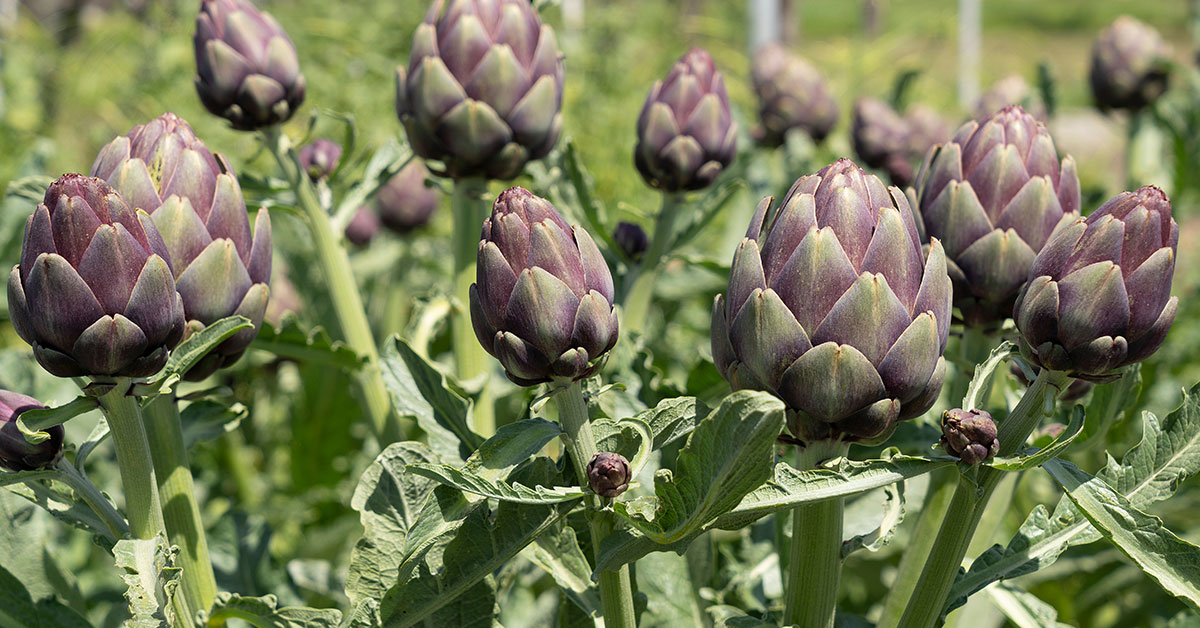Artichokes are a unique and delicious vegetable that can be a delightful addition to any garden. However, knowing when to harvest artichokes is crucial to ensure that you enjoy them at their peak flavor and tenderness. Harvesting artichokes at the right time can be a bit tricky, as it requires a balance between waiting for the bud to fully develop and preventing it from becoming tough and inedible.
In this article, we will explore the signs to look for and the best practices to follow when it comes to harvesting artichokes, allowing you to enjoy these delectable thistles at their absolute best.
When to Harvest
Artichokes are typically ready to harvest when the buds are firm and tight, and the scales on the bud are still closed. The ideal timing for harvesting artichokes is when they reach a size of about 3-5 inches in diameter. This is usually around 90-100 days after planting, depending on the variety and growing conditions. To check if an artichoke is ready for harvest, gently squeeze the bud.
If it feels firm and compact, it is likely ready to be picked. Additionally, the outer scales should be tightly closed and the bud should have a vibrant green color. If you wait too long to harvest, the artichoke may start to open and the scales may separate, making it less desirable for eating. So, it’s important to keep an eye on your artichokes and harvest them at the right time for the best flavor and texture.
Signs They Are Ready to Be Harvested
When it comes to harvesting artichokes, there are a few signs to look out for:
- Size and Color: Mature artichokes are usually around 3-5 inches in diameter. They should have a tight, compact shape and a vibrant green color. Avoid harvesting artichokes that are small or have a pale color.
- Firmness: Gently squeeze the artichoke bud. It should feel firm and solid. If it feels soft or spongy, it may not be ready for harvest.
- Petal Development: Observe the outer petals of the artichoke. They should be tightly closed and overlapping. If the petals start to spread open or separate, it indicates that the artichoke is past its prime and may have become tough or woody.
- Harvest Timing: Harvest artichokes when they are still young and tender. Waiting too long can result in a tougher texture and a bitter taste. It’s best to harvest artichokes when they are fully formed but still compact and before the petals start to open.
To harvest an artichoke, use a sharp knife or shears to cut the stem about an inch below the bud. Be careful of the thorny leaves while handling the plant.
Signs Your Artichokes Aren’t Ripe Yet
There are a few signs that indicate artichokes are not yet ripe and should not be harvested:
- Size: Immature artichokes are usually smaller in size compared to fully mature ones. If the artichoke is still small and hasn’t reached its full size, it is best to leave it on the plant to continue growing.
- Tight and closed leaves: Artichokes that are not yet ripe will have tightly closed leaves. The outer leaves will be compact and firmly attached to the artichoke head. As the artichoke matures, the leaves will start to open up slightly.
- Firmness: Unripe artichokes will feel firm and dense when gently squeezed. The texture should not feel soft or spongy. A ripe artichoke will have a slight give when pressed.
- Color: Immature artichokes tend to have a lighter green color. As they ripen, the color deepens and becomes more vibrant. Look for a rich, dark green color before harvesting.
- Spines: Artichokes that are not yet ready for harvest will have sharp and stiff spines on the outer leaves. As they mature, the spines may soften and become more flexible.
Remember, it’s always best to consult the specific variety of artichoke you are growing, as different varieties may have slightly different indicators of ripeness.













